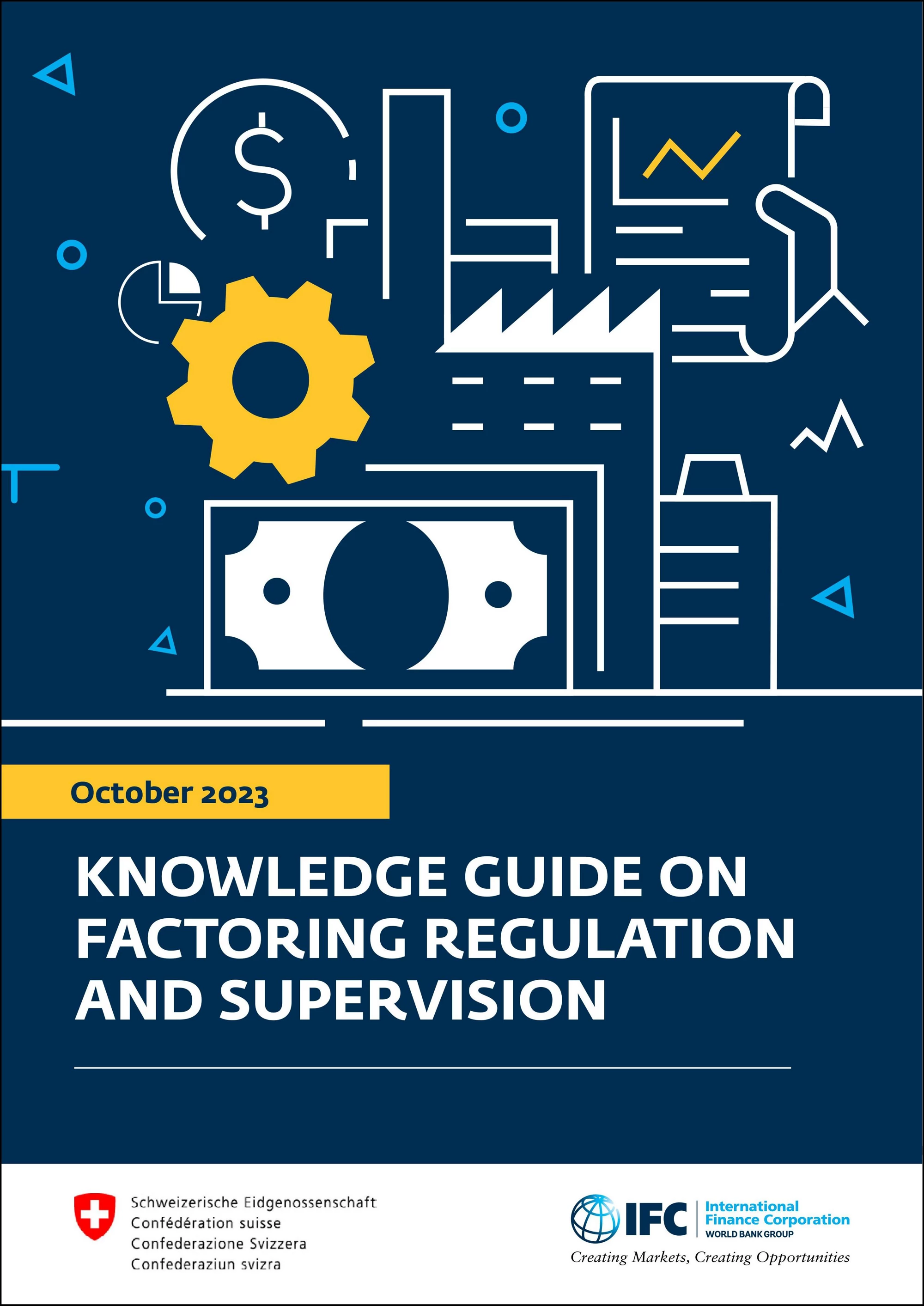The main objective of this Knowledge Guide is to provide guidance on law reforms seeking to support receivables finance and thereby promote sound and inclusive access to credit in emerging markets. It indicates options and advances recommendations to establish a cohesive regulatory framework for non-banking financial institutions (factoring companies) to extend funds upon the transfer of receivables (factoring activities). The primary audience of this document includes policymakers and decisionmakers involved in the law reform process, such as officials at central banks, supervisory authorities, and governmental departments, including the staff of the World Bank and donor institutions. This Knowledge Guide represents a point of reference for reforms and present and future harmonization projects pertaining to an area that is of critical importance for the attainment of inclusive economic growth and sustainable development.
This Knowledge Guide is divided into six sections and one annex:
- Section I: examines the increasingly important role of factoring, including within supply chains, in facilitating access to credit for MSMEs.
- Section II: considers the main regulatory trends that are driving the demand for the establishment of a comprehensive regulatory regime for factoring.
- Section III: provides guidance for policymakers and law reformers to establish a comprehensive legal and regulatory framework for factoring activities.
- Section IV: indicates how factoring activities can be supervised under different governance models and indicates the authorization requirements for financial institutions to undertake factoring activities.
- Section V: focus on prudential regulation and indicates the key components of a prudential framework for factoring companies.
- Section VI: is concerned with the conduct of business regulation applicable to factoring companies.
- Annex I: provides a template structure for a legislative instrument that combines within the same statutory instrument both private law and regulatory elements.
